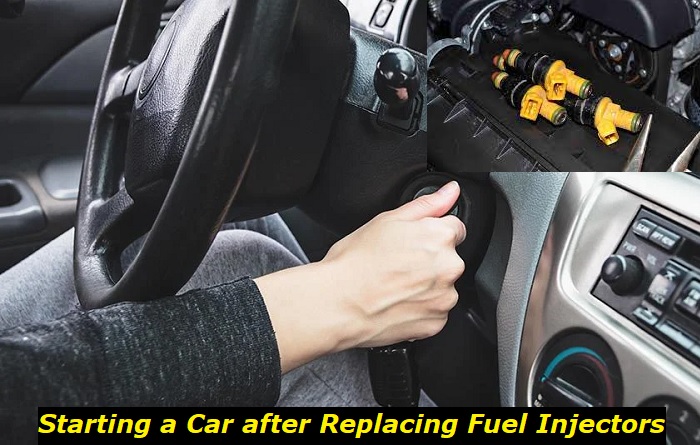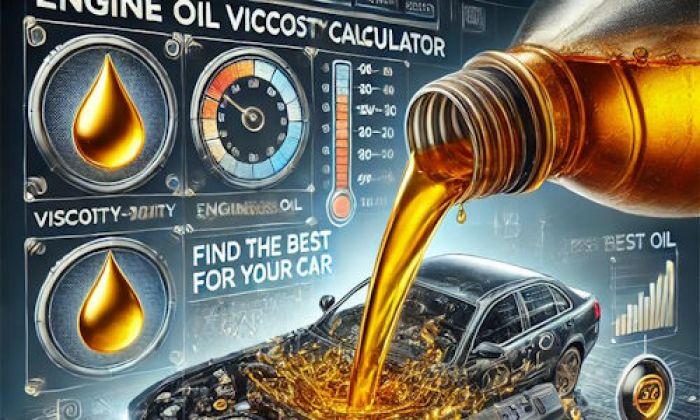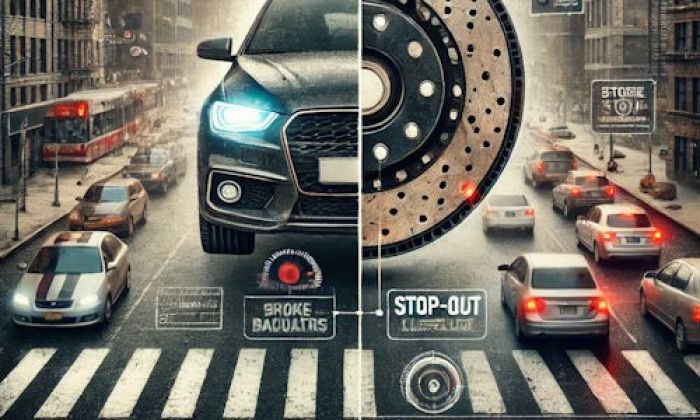A fuel injector works by atomizing the fuel and injecting it into the engine. Newer fuel injectors can adjust the amount of fuel they dispense at once.
Engine starting mistakes highlights
- Level of urgency:High
- Can you drive?Yes
- DIY inspection:No need to inspect
- DIY repair:No need to repair
- Price for repair:$0
- Common Reasons:Any engine-connected repair
- Ways to fix:Always drive carefully after repairs, know the limitations

How to Start Your Car After Changing Fuel Injectors
Changing your fuel injectors doesn't end after closing your hood. There are a few additional steps and precautions that need to be taken to ensure that your new injectors work as they should. Some checks need to be made to avoid damage to your engine from mistakes that might occur during cancellation.
- Pressurize the Fuel System
After changing the fuel injectors, the fuel rail and new injectors won't have any gasoline in them. The fuel system won't be at the correct pressure. The injectors would push air into the cylinders and cause trouble when you try to start the car. You will need to pressurize the fuel system to get fuel back into the fuel rail. Pressurizing the fuel system should always be done after any repair involving the fuel system.
To prevent any damage to the car, you should pressurize your car's fuel system before you attempt to start the engine. This will get any air out of the fuel rail and will bring the entire system to the correct pressure. Once the fuel has been introduced to the fuel rail and the injectors, you will also be able to inspect for leaks.
To pressurize your car's fuel system, you will need to cycle the key. This is a quick process that won't take more than 30 seconds of your time. To cycle the key, you need to turn the ignition on without starting the engine. This will engage the fuel pump, which will shut off on its own after a few seconds. Hold the key in this position for two to five seconds and then return the key to the off position. Once you've done this you have performed one key cycle.
One key cycle might be enough, but you should perform about five key cycles in total to make sure that the fuel pump has engaged long enough to fully pressurize the system. The fuel rail and injectors should now be filled with fuel and the engine should be ready to run. However, you must check for leaks before starting the engine.
- Check for Leaks
After pressurizing your car's fuel system, you will be able to examine the fuel injectors and fuel rail for leaks. This is very important to avoid wasted fuel or serious engine damage, so make sure to do this before starting the engine.
Once the system has been pressurized, fuel leaks will become very easy to notice. Any leaks in the system will be evident as fuel spraying from the engine. Make sure to check the fuel rail and the injector seals. If you see fuel spray around the seals, you will need to remove and reinsert that fuel injector. Make sure to use brand-new O-ring seals when changing your fuel injectors. The old seals may have become worn and won't provide a perfect seal.
If you found leaks and had to reinstall a fuel injector, make sure to pressurize the car's fuel system and inspect for leaks again. Do not start the engine until you have made it completely certain that there are no more leaks. Fuel spraying into a running engine is a recipe for disaster.
- Code the Injectors
Your car has an onboard computer called an ECU that takes information from various sensors to adjust engine factors like fuel dispersal, engine temperature, and more. Proper ECU settings will ensure optimal engine performance, as each component will operate efficiently.
When you change your fuel injectors, the ECU won't be aware that they have been replaced, so it will still use the same settings with the new injectors. This is not a problem if the injectors were replaced with fuel injectors of the same type or level of performance. However, if the new injectors have significantly different or improved performance, then you will want to let the ECU know that the injectors have been changed and which settings to use.
You can do this by coding the new injectors into the ECU. Coding the injectors might sound complicated or like you need to program the settings into the ECU yourself. It is relatively simple, however. The process involves entering a 30-digit code into your ECU.
To code your injectors, you will need to make use of a scan tool. Make sure to get a scan tool that is compatible with your car. Plug your scan tool into the OBD2 port on your car. The exact steps to code your injectors will vary depending on your scan tool. Once you have found the option for your injectors, you will need to input the 30-digit code printed on your fuel injectors.
- Idle the Engine
When you've completed the steps mentioned above, you might be tempted to hop into your car to enjoy your smooth ride. This is generally advised against. It is recommended that you first allow the engine to run idle for at least 20 minutes. Doing this will eliminate any air that may still be in the fuel system. It also helps to ensure that your engine is working properly after the installation.
If you neglect to idle the engine first, you might damage it by putting it under load with aerated fuel. This can cause damage to your cylinders. Worse, it can cause damage to the fuel injectors you worked so hard to install. Idling your engine also gives you a chance to observe for odd signs and sounds like a rough start
How to Know When to Change Your Fuel Injectors
After replacing your fuel injectors, you might be tempted to forget about them under the hood of your car. But if you want to keep your engine purring like new, you'll need to think about how you're going to keep your new injectors running in top shape. There are a few things to keep in mind to keep them working smoothly.
- Clean Your Injectors
Dirt and clogging are the main cause of fuel injector failure. Fuel injector nozzles are extremely narrow and can easily be clogged by dirt in the fuel lines or carbon build-up. When this happens, you will need to remove and clean your injectors manually.
This can be avoided with proper maintenance, though it is still recommended that you clean your injectors every 25000 to 30000 miles.
- Use High-Quality Fuel
An often-overlooked way to preserve your fuel injectors is to use high-quality fuel. High-quality fuel is less likely to cause carbon buildup or to leave deposits that clog the injector nozzles.
- Use Fuel Injector Cleaner
Cleaning your fuel injectors is as convenient as pouring some good quality fuel injector cleaner into your gas tank. Fuel injector cleaners are fuel additives specifically formulated to dissolve debris and build-up in the fuel system. There are fuel injector cleaners with additional functions, so make sure to choose the cleaner that suits your needs.
Wait until your gas tank is nearly empty, then pour the appropriate amount of fuel injector cleaner into your tank. Fill your tank with gas, and that's all. The cleaner will do its work on your fuel injectors as you drive.
- Replace fuel filter
Your fuel filter keeps solid particles and debris out of the fuel system. You must keep your fuel filter in good shape to protect your injectors from getting clogged by dirt.
Conclusion
Changing out your old fuel injectors is a great way to make your engine run like new. It improves your mileage, reduces emissions, and restores your engine to a smooth ride. However, some precautions need to be taken after installing your new injectors, or you might find your car running rough or not running at all.
After installing your injectors, you will need to pressurize the fuel system. This will push air out of the system and keep your engine from getting damaged when it starts. After pressurizing, you should check for leaks. Any fuel leaks in the engine compartment are a major fire and safety hazard. These should be dealt with before you ever start the engine. You may also need to code your injectors. Finally, allow your engine to run idle so you can identify any abnormal symptoms before you drive.
About the authors
The CarAraC research team is composed of seasoned auto mechanics and automotive industry professionals, including individuals with advanced degrees and certifications in their field. Our team members boast prestigious credentials, reflecting their extensive knowledge and skills. These qualifications include: IMI: Institute of the Motor Industry, ASE-Certified Master Automobile Technicians; Coventry University, Graduate of MA in Automotive Journalism; Politecnico di Torino, Italy, MS Automotive Engineering; Ss. Cyril and Methodius University in Skopje, Mechanical University in Skopje; TOC Automotive College; DHA Suffa University, Department of Mechanical Engineering






Add comment